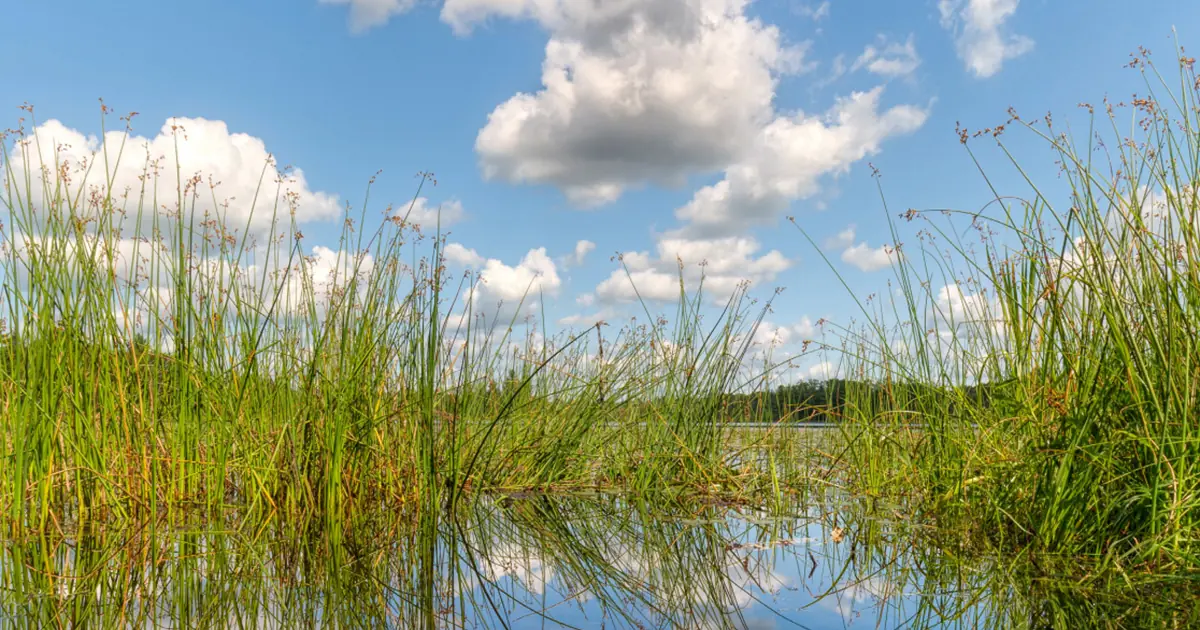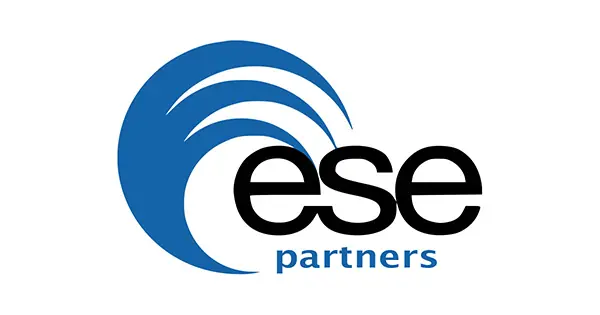At a Glance
- Customer: Environmental Science and Engineering Partners (ESE)
- Project: Wetland delineation for a 3,000-acre solar farm in eastern Texas
- Challenge: Complete desktop and field work in under two weeks
- Solution: Ecobot’s fieldwork app, combined with Esri ArcHydro for preparation
- Results:
- 50% reduction in time and effort
- 35% increase in profit margin
- 250 sample points and 90 wetland units recorded in 14 days
The Challenge
ESE Partners, an environmental consulting firm specializing in large-scale projects, was tasked with completing a wetland delineation for a 3,000-acre solar farm in eastern Texas. The site was dotted with hundreds of isolated pothole wetlands and other potential “Waters of the United States” (WOTUS).
Facing an aggressive two-week timeline set by the US Army Corps of Engineers (USACE), and with only two wetland scientists available, ESE needed a strategic approach. A typical project of this scale could take months and a larger team to complete.
The Approach
To meet the deadline, ESE combined desktop and mobile technologies for maximum efficiency:
- Desktop Modeling: Using Esri’s Arc Hydro toolbox, including the Topographic Wetness Index (TWI), lidar, and digital elevation model (DEM) data, ESE rapidly identified high-probability wetland areas to target their time on site.
- Mobile Data Collection: In the field, ESE used Ecobot’s iOS app to record wetland boundaries, sample points, and site conditions efficiently. Wetland polygons were uploaded to the cloud and quickly integrated with ArcGIS to build the final delineation maps.
“Utilizing functions available in Esri’s Arc Hydro toolbox and Ecobot in the field, we completed 31 wetland sample points in a single day—more than double our usual productivity.” — Nevin Durish, Senior Biologist, ESE Partners
The Results
ESE successfully completed the project within the aggressive two-week timeline. Key achievements included:
- 50% Reduction in Time and Effort: Ecobot and Esri tools allowed the team to cut both field and office time in half compared to standard workflows.
- 35% Increase in Profit Margin: Streamlining the delineation process significantly improved project profitability.
- Record Field Efficiency: The team collected 250 sample points and documented 90 wetland units in less than 14 days—almost three times faster than typical large-scale projects.
With the integration of Ecobot and Esri technology, ESE not only met regulatory requirements but also exceeded expectations for speed, accuracy, and cost efficiency.




